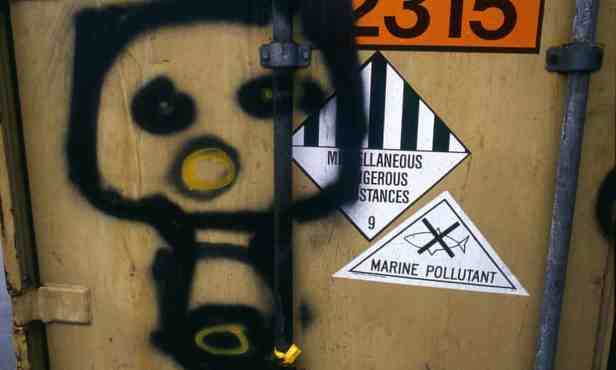How ‘forever chemicals’ are using marine life to travel the world by sea
By Anna Turns | The Guardian | February 14, 2022

Read the full article by Anna Turns (The Guardian)
“First it was PCBs, now it’s PFAS – harmful toxic pollutants that do not biodegrade are affecting ecosystems around the globe.
When scientists found women in the remote Faroe Islands had unusually high concentrations of toxic industrial chemicals in their breast milk, it seemed a surprising discovery.
The north Atlantic archipelago, which lies between Iceland and the northern tip of Scotland, is far from sources of industrial or chemical pollution. And the chemicals that the 2005 Stockholm University study measured, which included polychlorinated biphenyls (PCBs), had already been phased out in many countries.
So how did this happen?
The chemicals were coming from the ocean or, more specifically, from the pilot whales that make up an important part of the islanders’ diet.
PCBs, part of a group of toxic chemicals called persistent organic pollutants (POPs), are able to travel huge distances around the planet through air and water, affecting communities far away from the source of contamination.
They make their way into the sea, building up in the fatty tissue of marine animals. Once in the food chain, these chemicals can ‘biomagnify’ as they pass from prey to hunter, reaching higher concentrations in top predators. That is why it can be riskier to regularly eat large marine animals such as tuna – or pilot whales, in the case of the Faroe Islanders – than, say, mackerel, anchovies or sardines.”…
This content provided by the PFAS Project.
Topics: